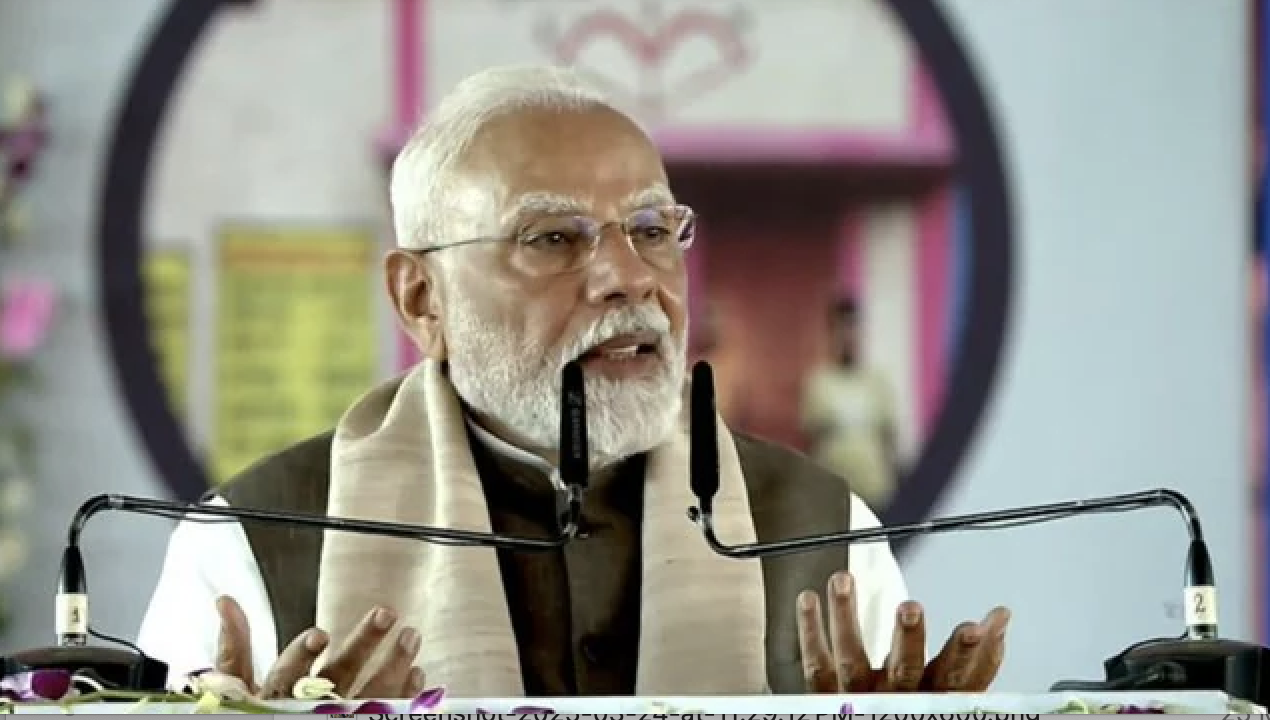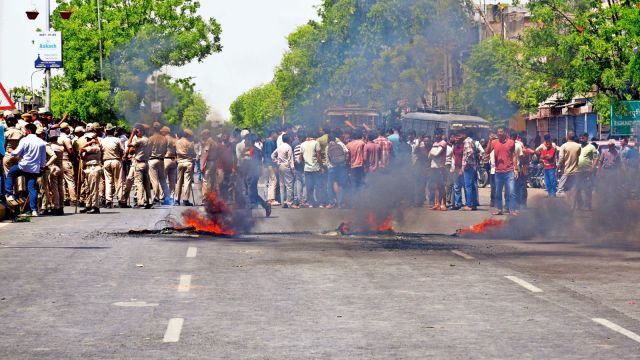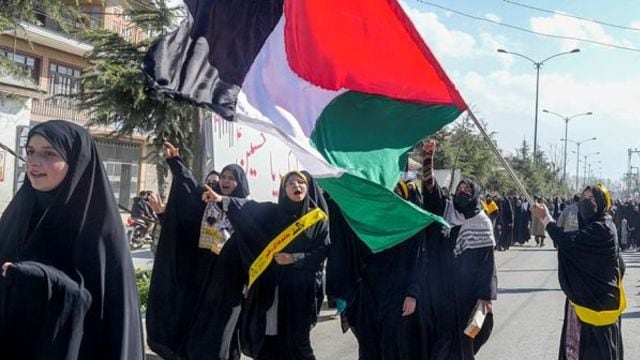
By G. Sampath
The Rashtriya Swayamsevak Sangh (RSS) will be celebrating its centenary in a few years. No organisation that has survived for so long can do so without an astute grasp of India’s socio-political realities, and using that knowledge to evolve and grow. It therefore stands to reason that a study of its recent strategies could yield insights for students of Indian democracy. Social historian Badri Narayan’s Republic of Hindutva: How the Sangh is Reshaping Indian Democracy is meant to be such a study.
Taking the BJP’s electoral successes in the 2014 and 2019 elections as a nodal point of analysis, Narayan argues that the RSS has changed, and what we have now is a “new RSS” that, “in a break from its old radical image, does not want to create communal tensions in society.” If it is startling to have the “old” RSS’s radicalism presented merely as a matter of image, Narayan goes a step further and takes at face value the claim of RSS pracharaks that “the blame of communal riots damages their credibility and reputation, which they acquire through hard work”.
Curious outcome
This casual elision of Hindutva violence is followed by the extraordinary claim that the “new RSS” has bowed to “democratic imperatives — such as equality and justice” and adapted to “the logic generated by democratic values”. Is this perhaps why India is getting tagged as a “partly free” democracy following seven years of RSS-BJP rule? Narayan doesn’t dwell on what Hindutva is, and whether Hindutva values can ever be reconciled with democratic values. The curious outcome of such an approach is that we are left wondering if a Hindu majoritarian project could actually be compatible with democracy, justice and equality.
When organisations, or even humans, for that matter, display new patterns of behaviour, the first question facing the social scientist is whether the change reflects an alteration in their nature or is merely a temporary deviation. Republic of Hindutva is marred by a tendency to confuse strategic compromises with some kind of transformation of the soul. Reams of scholarly studies have documented the organic link between communal violence and the electoral success of the BJP. It is, therefore, troubling to find yet another attempt to re-brand the RSS in a manner that foregrounds its political smarts and humanitarian work while seeking to ring-fence it from the reputational damage caused by linkages with sectarian violence.
Hindutva empowerment
It has become common, especially after 2014, to argue that it is pointless to dwell on the violence of Hindutva politics because it is more inclusive than ‘secular’ politics. There is apparently a new political phenomenon, ‘subaltern Hindutva’, which is all about empowering the subaltern by bringing them into the Hindutva fold.
But what is the nature and ontology of Hindutva empowerment? What are the conditions of its being? Can it exist without the staging, or at least the threat, of public violence? Would it be as alluring without the promise, if not a guarantee, of impunity for anti-minority violence?
As Amrita Basu notes in her book, Violent Conjunctures in Democratic India (2015), “Using violence can empower groups that otherwise feel powerless. Violence that denigrates and humiliates members of another community can forge subjectivities among its perpetrators.” Narayan is right to scold the secular parties for being dismissive of Hindutva empowerment.
But he errs in discounting the role of violence in his study of how a supremacist outfit has been so successful in navigating a democratic polity.
This story first appeared on thehindu.com






